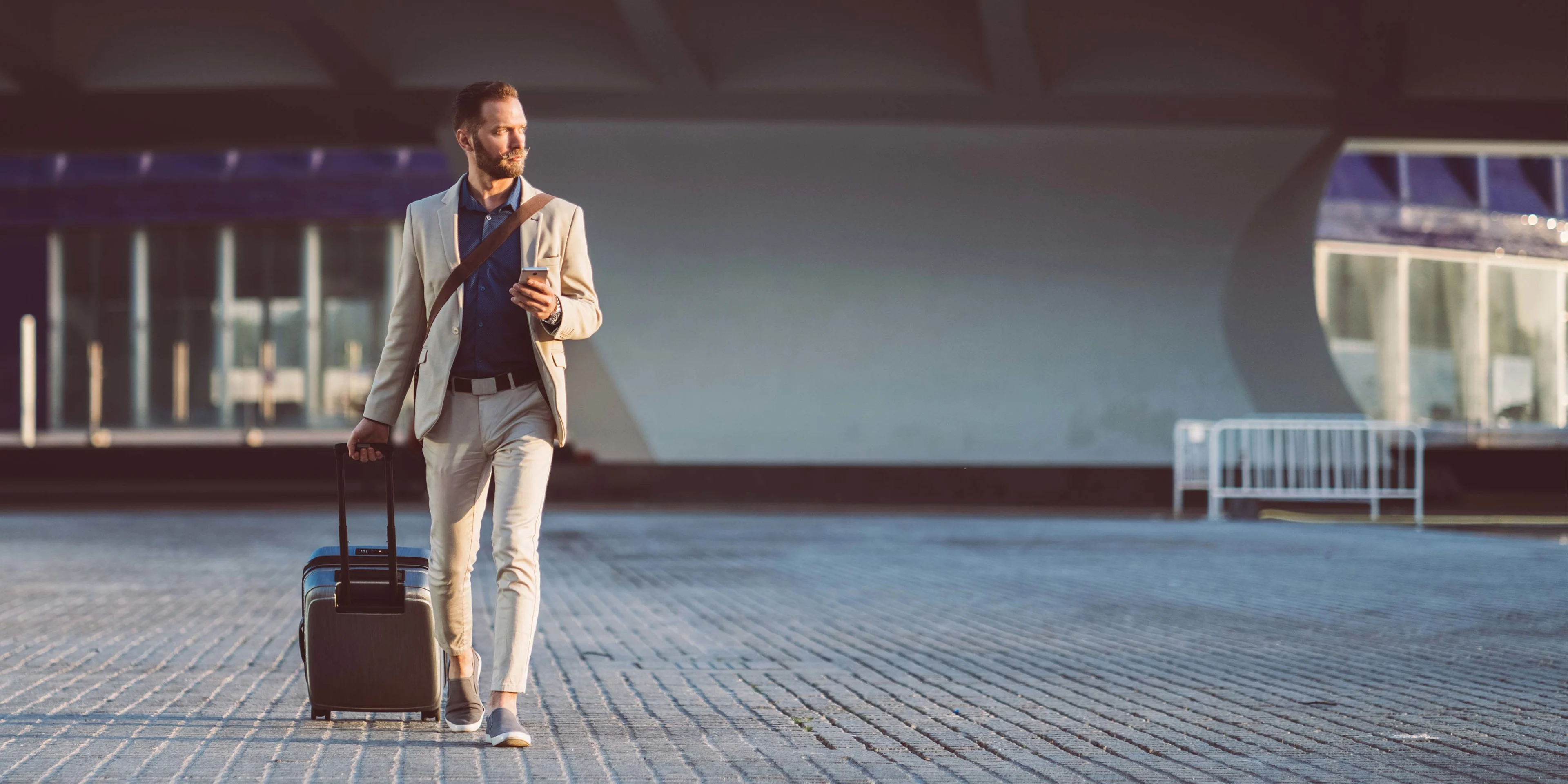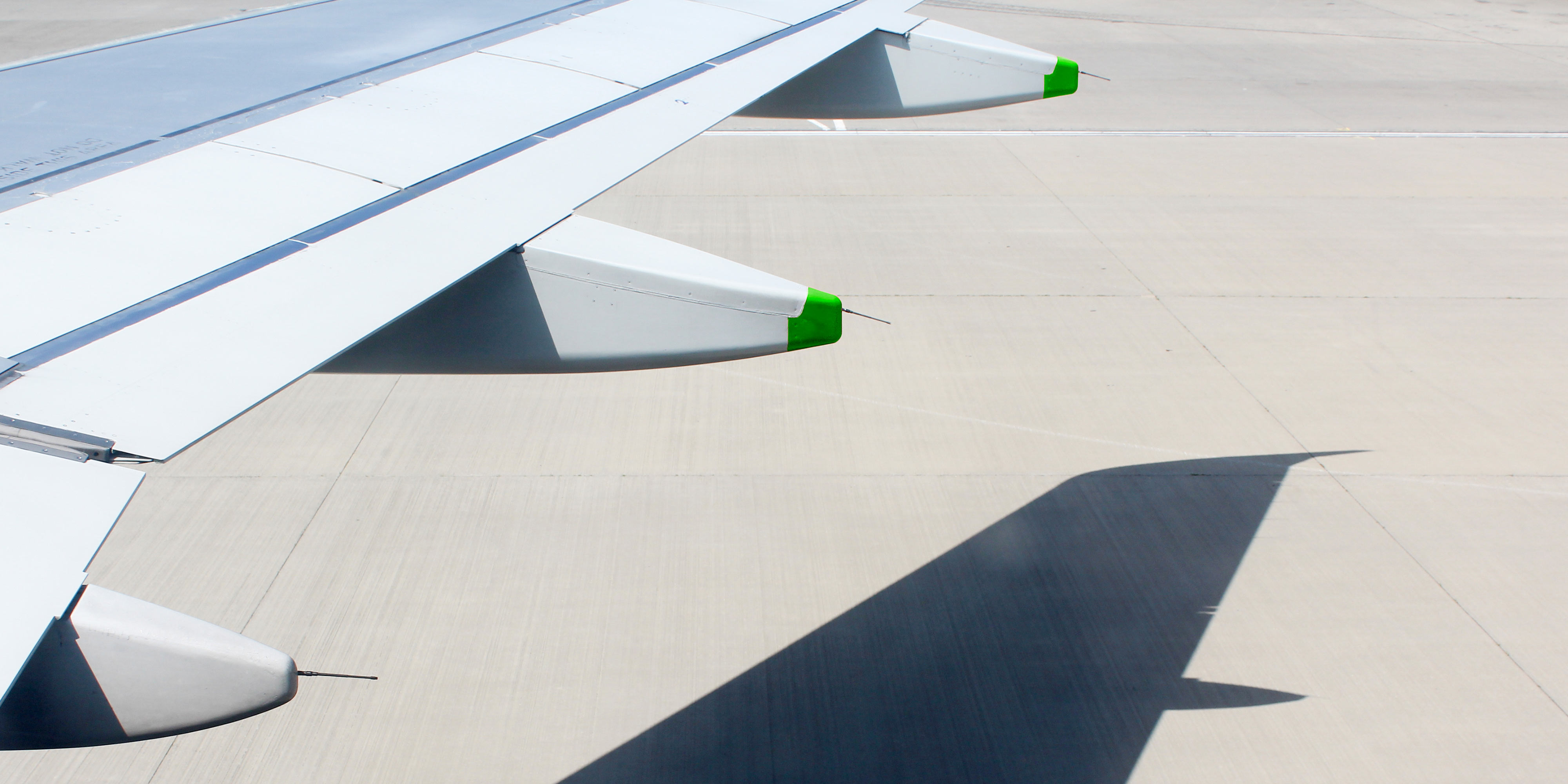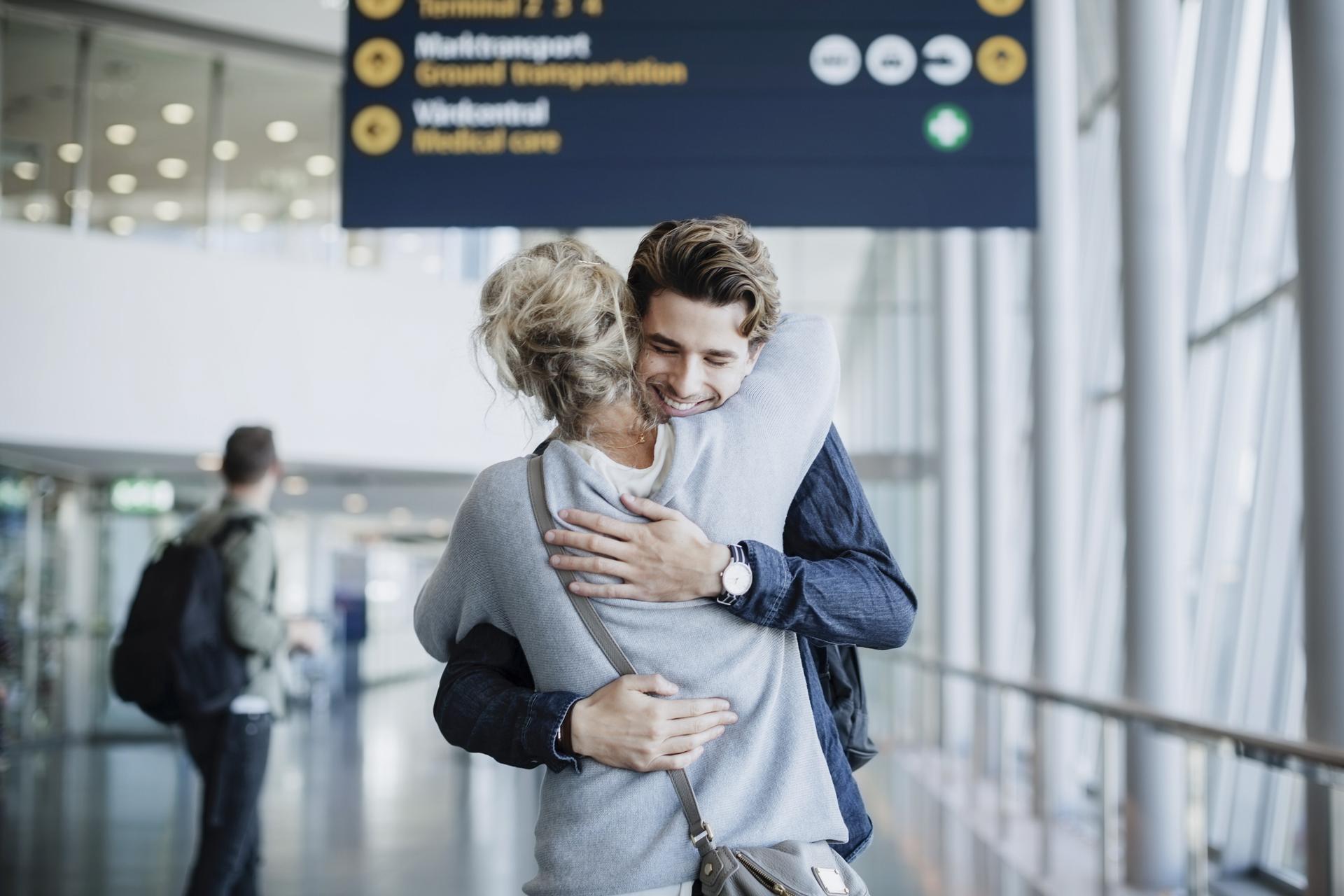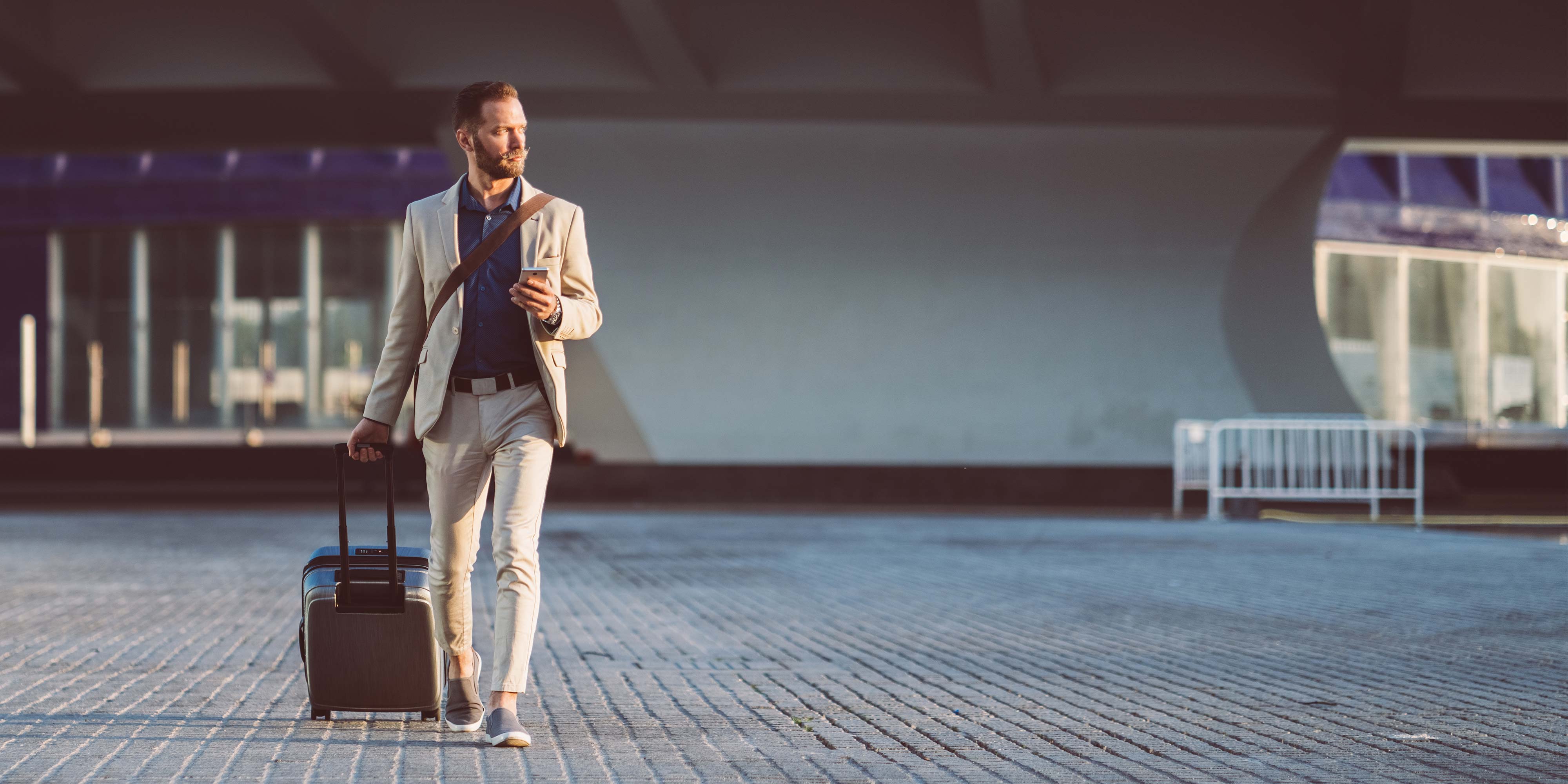
Aviation
6 minute read
The new order of business travel
Business travel collapsed in the wake of Covid-19 as remote working became the norm. With restrictions on travel largely now lifted, we look at what the continuing legacy to business travelers and work meetings is from the lockdowns. What will post-pandemic business travel look like? How will it be affected by the drive to travel – and fly – more sustainably?
The pandemic had a dramatic impact on business travel. In 2020, the total amount of business travel expenses dropped 52%, according to McKinsey. Today, as we are learning to live with the Coronavirus and what feels like normality largely resuming, the dilemma around what that means for travel and face-to-face meetings is real.
It is clear that the old ways of working are no more – and that includes business travel. Remote and hybrid work are now the new normal, leaving business travel in an interesting position. “Business travel has reduced a lot,” says Katharina Riederer, co-founder of eco.mio, a consultancy that helps businesses choose sustainable travel solutions. “And we have these new opportunities: we’re meeting on Zoom.”
It’s a significant shift that may have come from expediency, rather than a desire to save the environment - but can the sustainability agenda make the need and want to think twice about travel last? From the necessity brought on by lockdowns we now have far better and widely adopted alternatives to choose from to help us do business remotely instead of making the trip.
It seems however, that those new opportunities are not always being taken up - or at least, cannot fully replace business travel. “In the new normal, travel remains an important way we connect, but aviation accounts for two to three percent of global emissions - and the number of flights are expected to grow significantly,” says Susanne Bouma, Head of Partnerships and Programs, Renewable Aviation at Neste, the world’s leading producer of sustainable aviation fuel (SAF) made from 100% renewable waste and residue raw materials, such as used cooking oil.
To meet or not to meet
Riederer admits that considering whether or not to make a trip is a business-driven decision. “Oftentimes, you can’t really control how much travel is in the company,” she says. “Take consulting: some customers really want you to be there.”
It’s also often cultural. “Two years ago, it was felt people would never need to meet again,” says Clive Wratten, chief executive of the British Travel Association. “But conversely, the reverse happened culturally: in Asia, it was seen as very important to get back out and meet people in the room, so you can understand all the nuances that come with doing business in a totally different culture.”
Yet if you can choose to not take the trip, what should you consider when deciding whether or not to book a flight, hop on a train, or rent a car to make your next meeting?
“The big consultancy firms and finance firms are very much getting back out and seeing customers, making sure they're in front of them,” says Wratten. “And that is really important. But do we really need to go and have an internal meeting in New York, where we meet our colleagues?”
For important meetings where you’re trying to close a key business deal, where it’s important to see the whites in your counterpart’s eyes, that flight may be necessary. But when you’re already well-established with partners, any meetings could well be via a video call.
What is the most sustainable way of traveling?
As well as questioning what the purpose of any trip is, it’s also worth considering what methods of transport are available to you.
Riederer points to Germany, where many people will choose to travel on trains rather than fly because of great connectivity. Another country that does well when it comes to internal land connections is Japan, whose high-speed train system means that the time taken for trips is often equal to or less than a corresponding flight.
“You can’t do that in the US,” Riederer says, conceding that this is not going to be an option for everyone. Helpfully, sites like Chronotrains tell would-be travelers how far they can travel from each train station across Europe in five hours – which is roughly the amount of time it’d take even the most seasoned business traveler to traverse check-in queues, security lines, and travel to and from airports even on the shortest of short-haul flights.
But even if you can’t change the mode of transport, you can take action to reduce your carbon footprint if you have to fly. “Economy class emits half the CO2 footprint of business class, because you take up half the space,” points out Riederer.
Individual companies can also take steps to ensure they’re helping, rather than harming, the planet. Whenever Bouma or any of her colleagues at Neste have to travel on planes, they fully compensate the carbon footprint equivalent of their flights with the equivalent of sustainable aviation fuel. “We’re walking the talk, and showing how it’s done,” she says. “That gives us a massive platform to be able to make and drive change.”
Acting now while innovating for the future
While the future of business travel and travel at large is possibly more unpredictable now than it has been for a long time, according to the International Air Transport Association (IATA) the number of air passengers is set to exceed pre-Covid-19 levels in 2024. This means that the need for alternatives to fossil fuels in aviation is urgent and sustainable aviation fuel, or SAF, is widely acknowledged as a key solution here. SAF is already commercially available as a direct replacement for fossil-based jet fuel cutting greenhouse gas emissions by up to 80% compared to traditional fuel used in planes*.
For now, SAF is the only viable and direct option for reducing aviation emissions but there are more innovations in the pipeline for the longer term, says Bouma. “Sustainable aviation fuel alone will not be the silver bullet. Hydrogen and electric flying will all be part of the equation - but not available at commercial scale in the short-term.”
Until those innovations arrive and are deployed, we all have to play our part in upholding the new order of business travel. Of course it’s not simple to travel more sustainably. It’s easier said than done, the experts admit.
“There are no shortcuts to heaven,” says Bouma. “It’s important to acknowledge that, but at the same time we should choose the most sustainable options for travel where we can.”
*) Calculated with established life cycle assessment (LCA) methodologies, such as CORSIA methodology.
Credits:
Chris Stokel-Walker, author, speaker and journalist whose work has appeared in BBC News, The New York Times and WIRED UK.





